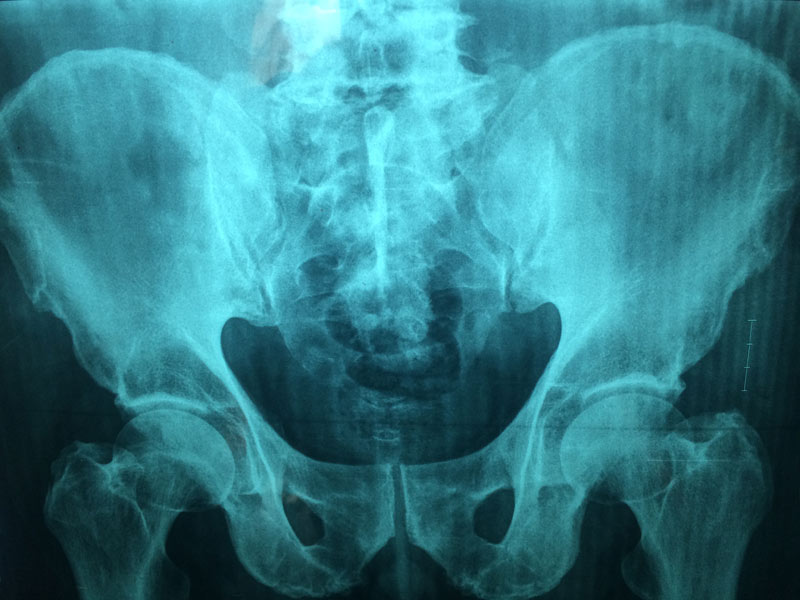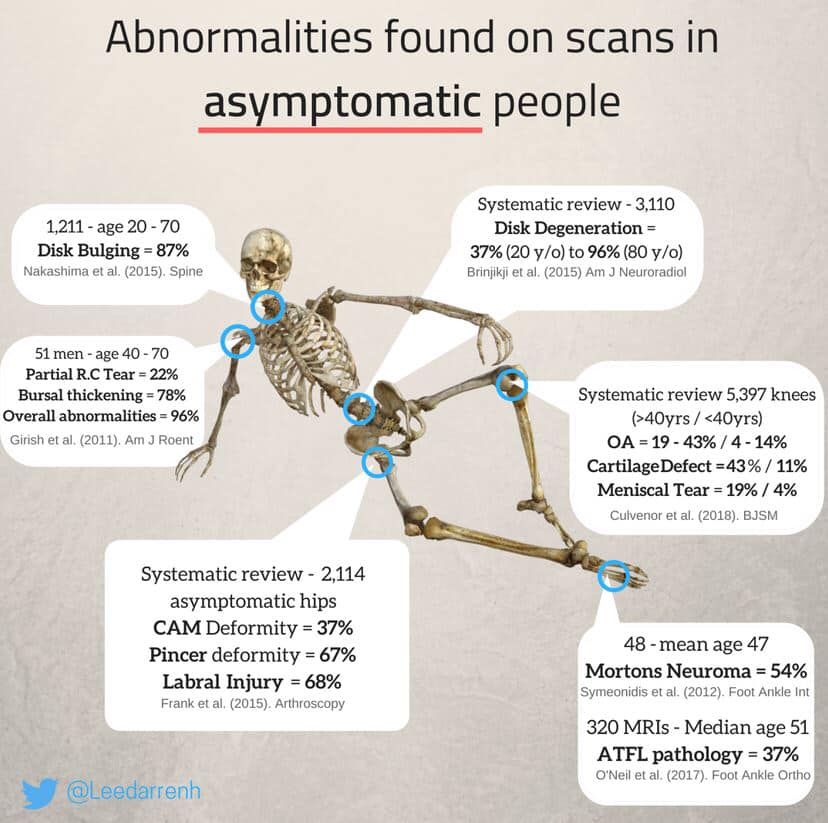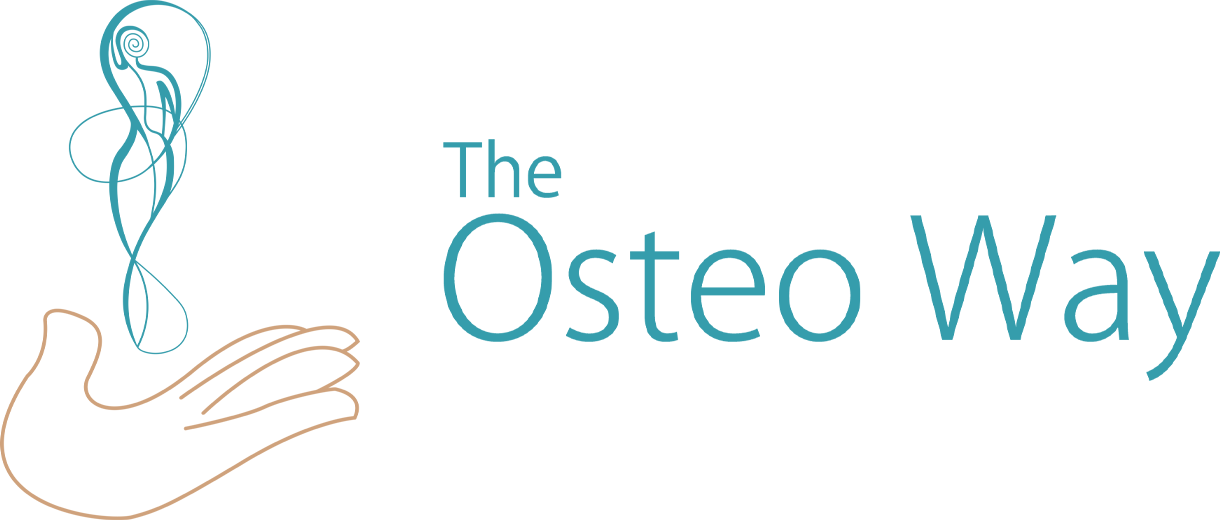
Regardless of what prompted the patient to reach out, this is usually the point where they feel hopeless about getting better. They are disappointed in their body and sometimes the medical system. They do not feel heard or understood and they express how frustrating it feels.
The mental and physical wear and tear of chronic pain and illness leaves people in this doom and gloom state. It can also accumulate over time with the nocebo effect (psychological or psychosomatic factors inducing negative outcomes of symptoms) a sense of hesitancy in the tone of a medical practitioner can translate into our physiology and psyche. If they do not know what is wrong, no one can help me, and I will not get better (more on this in another article).
What is physical resilience?
Physical resilience is one of the fundamental principles of Osteopathy. The body has complex mechanisms linking the different systems of your body to keep your system energy efficient and pain-free. In medicine, we call this homeostasis.
I know, if I told you that your body is trying to make things right, I might get an eye roll. The truth is that it is!
For example, say you had an X-ray, MRI or CT scan, and the results show that you have either bulging disks or arthritic degeneration, either of which could explain your back pain. Getting your results is the moment that nocebo can occur. You do have degeneration on your spine/nerves…. But, good news for you, there is no correlation between medical imagery results and the pain in patients.

Here are some interesting facts from a few different studies:
- An MRI study of HEALTHY adults found that 98% WITHOUT neck pain HAD degenerative changes in their cervical disks.
- Lumbar disk degeneration is present in 40% of people younger than 30 and observed in 90% of those aged 50-55, and unrelated to levels of pain experienced.
- HEALTHY 20–22-year-olds without back pain had at least one degenerated disk, and 25% had a bulging disk.
- X-rays showed that almost 85% of adults with no knee pain have arthritis in the knee and 48% of healthy basketball players have cartilage damage on MRIs.
- Are you worried about your shoulder? An MRI study of adults without shoulder pain showed that 20% have partial rotator cuff injuries. 45% have a full-thickness tear, and 50% of adults over 60 had rotator cuff tears.
These examples help shine a light on the fact that a medical exam without any issues does not mean you are pain-free and that having degeneration is common and unrelated to pain levels in patients.
It may be hard to believe if your lifestyle has been hugely affected, but there is hope! In osteopathy, we work on what we call the terrain. The terrain is not just the area that is causing symptoms (pain).
If a lightbulb lights up on your dashboard, we would not unscrew it to fix the problem, but analyse that the potential cause could be in the engine or to get to the bottom of what created the problem. For example, an old ankle sprain from your youth might have caused healthy compensations in your knees, hips, pelvis and back that now have participated in decompensations in your lower back. Maybe your guts (attached in front of your lumbar spine) are pulling on your lower back. Perhaps the pandemic lifestyle and minor adjustments have increased the muscle tone in your psoas (hip flexor in front of your lumbar spine) and glutes, creating an overtension in your pelvis and lumbar spine. How about your shallow breathing which is pulling on your midback and increasing the pressure in your abdomen?
An osteopathic treatment assesses the entire body. Each body is different, and our personalized advice is unique to your case.
Humans need knowing and understanding, and the same goes for our health. Being empowered in understanding your body improves the success of the recovery.
We often single out one cause for our pain and blame it all on that one thing, placing all our resources on it. What I would prefer you do is consider that it is a multi-casual storm creating your symptoms. That is the basis of osteopathy.
The healing process will ideally involve relieving the different factors impacting the whole body during the treatment and supporting it with our lifestyle. Improvements should follow as the body is very resilient, and from that we can achieve well-being. This can sound overwhelming, and practitioners are there to help you with this process.
Going through the healing process allows patients to understand the wholeness of the body while also honing their ability to tune in how their body feels and what that tells them. This knowledge allows for better preventative care for future injuries, as patients now have a better toolbox to work with.
